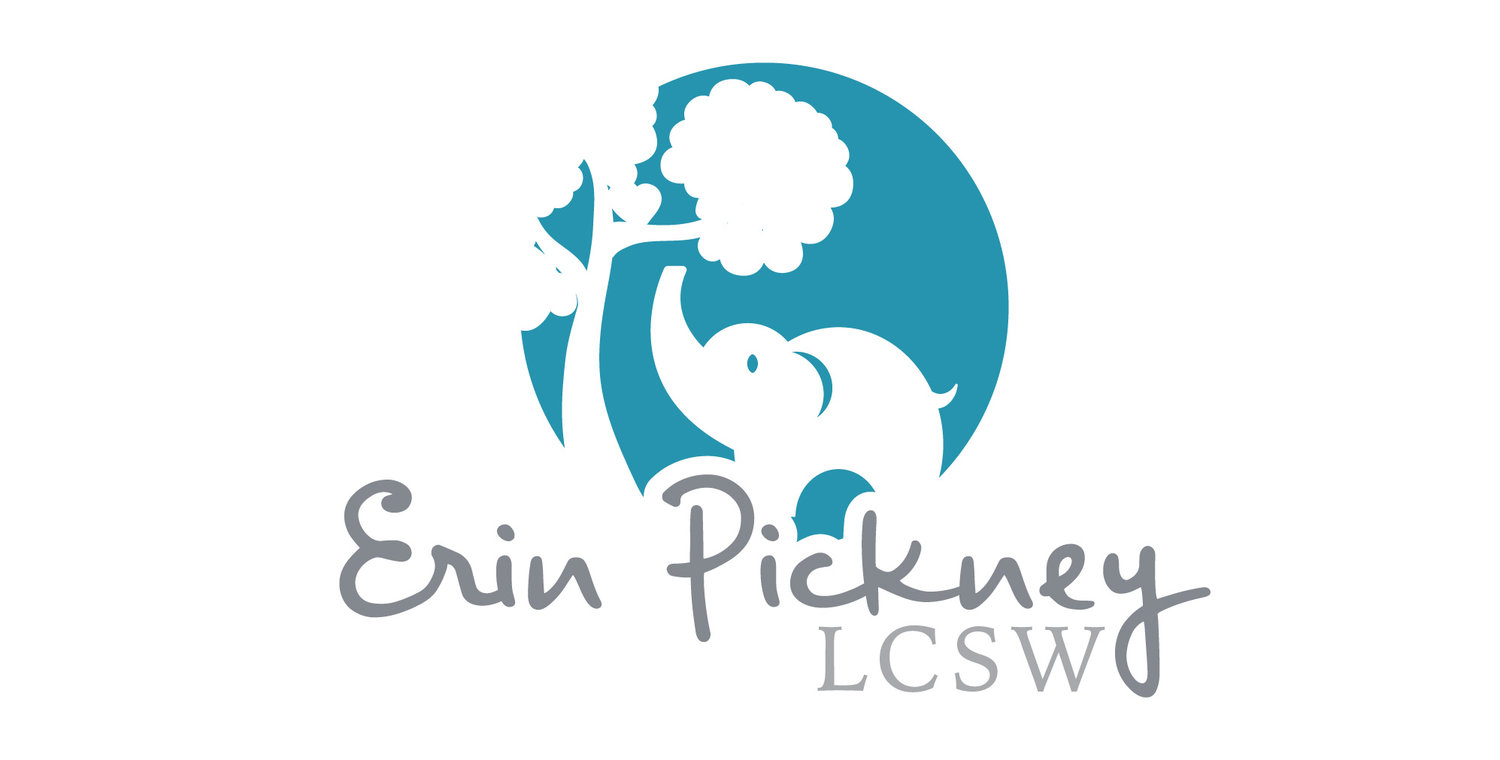Brainspotting Therapy
What is Brainspotting?
It sounds weird, right? The idea behind Brainspotting is that “where you look affects how you feel.” Essentially, deep in our brains, we hold capsules of information that made lasting impressions on us. Some of these capsules can be opened to help us feel safe and secure in the world. Other capsules are things that hold us back or negatively impact our self-perception. Both types greatly impact our lives on a regular basis. Brainspotting helps us reach deep into our brains to find these capsules and work with them to help us heal.
Let’s start with the “feel-good” side of Brainspotting – accessing those places that help us feel safe and secure in the world. Have you ever noticed that you look in a certain direction when daydreaming or talking about something that feels safe for you? You might be unconsciously accessing a Brainspot that is a Resource for you – that helps you feel better and more secure. These Resource Spots can be really helpful to identify because they can allow us to access those parts of our brain that get us through tough times. They can also be useful to us as we process the harder things – the things that really trigger a strong emotional and physiological response in us. If you begin to get overwhelmed as we work on the hard things, we can use the Resource Spot to help you ground yourself and find safety and security again. You can also use your Resource Spots in your day-to-day life if you find yourself getting overwhelmed.
The more challenging, but often more rewarding, side of Brainspotting involves working from an Activation Spot, or a spot that increases the feelings we usually try to avoid. These spots allow us to tackle difficult emotions and experiences head on. It is often very uncomfortable to start with, but this approach can resolve the issue we’re targeting and heals the impact it’s having on us more quickly.
What Is Like to Do Brainspotting?
It varies based on the person and the technique used, but generally speaking, the process begins by identifying the issue you want to target. This could be a specific feeling, memory, or body sensation. Most people choose to identify the target out loud, but some prefer to keep that private. Next, I’ll ask where you’re feeling it in your body. You’ll rate how strong that target feeling is on a scale of 0-10, with 0 being nothing and 10 being so overwhelming or unbearable that you can’t take it. For a client’s first session, I usually try to start with something they feel is a 4-6 on that scale so they can try it out without feeling overwhelmed.
The next step is locating the spot. There are a variety of techniques we might use to do this, but I will guide you through the process every step of the way. Most techniques involve a pointer that you follow to locate the spot. Next, you’ll continue to look at it as you process through the thoughts and feelings that come up for you. For most people, this comes in waves of varying intensity. Ultimately, the goal is for the waves to subside and your number on that scale to end somewhere on the very low end of the scale.
Most people experience some increased fatigue after a Brainspotting session. They may also find that they are more sensitive than would be typical for them. This usually fades away after a few days, depending on what was targeted and how powerful the processing was. Most clients notice a significant difference in the impact the original target has on them fairly quickly. However, some targets may take several sessions to more fully clear the impact they have.
How is Brainspotting Different from Other Therapies?
By moving our eyes to the position of Brainspots, we are able to access things buried deep within our brains – things we might otherwise not be able to access. Much more quickly than many other methods, we can find traumas and self-limiting beliefs and heal the impact they have on us.
One very different thing from many trauma therapies is that you don’t have to talk about your trauma. Many of my clients process silently. They may or may not share what they experienced with me after they complete the Brainspotting session. Although many feel safer to share their experiences afterwards, there is no requirement that they do so. I’ve been told by those who’ve tried multiple types of trauma treatment that Brainspotting is a gentler, easier path than many of the therapies they’ve tried before.
Another way that Brainspotting is different is that it allows you tap into strengths you carry deep within you and bring them to the forefront. Brainspotting can be used to expand your creativity, enhance your athletic abilities, and improve your confidence.
What If I’m Nervous About Trying Brainspotting?
It’s important to know and understand that you won’t be alone in this work. I’ll be right there with you the whole way through. We’ll work together to make sure you have all the resources you need to feel comfortable beginning this work, whether those are skills or Resource Spots that you gain in therapy, or learning to lean into the resources you already have in your life. I will make sure that you feel safe and grounded before you leave my office, no matter what happens in session.
How Do I Know If It’ll Work for Me?
Watch the quick video below to learn more about who Brainspotting works with:
If you’d like to learn more about Brainspotting, click here.

